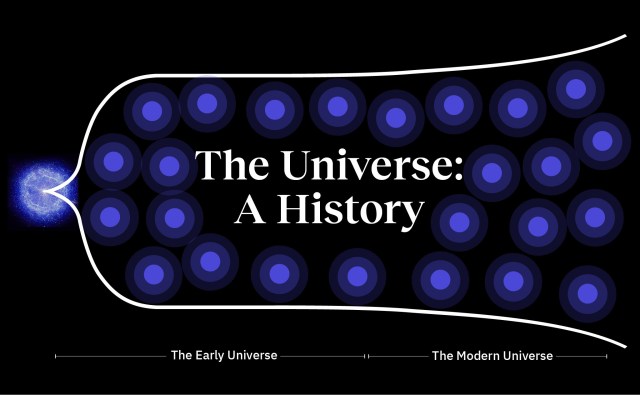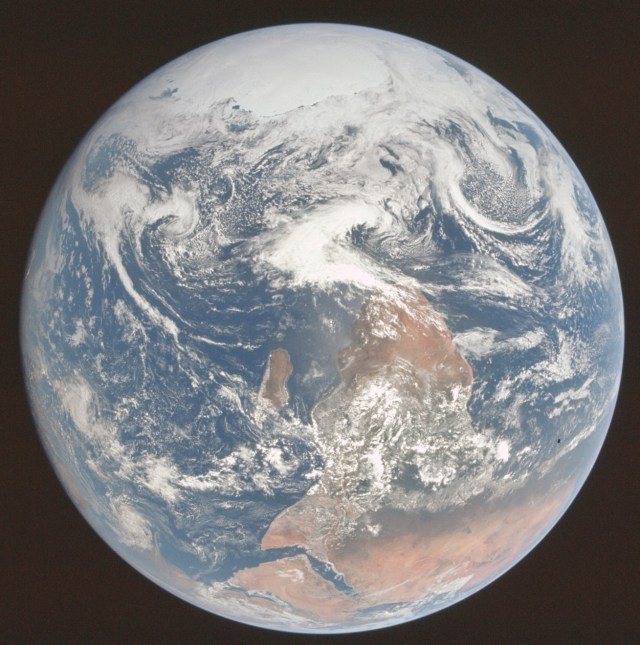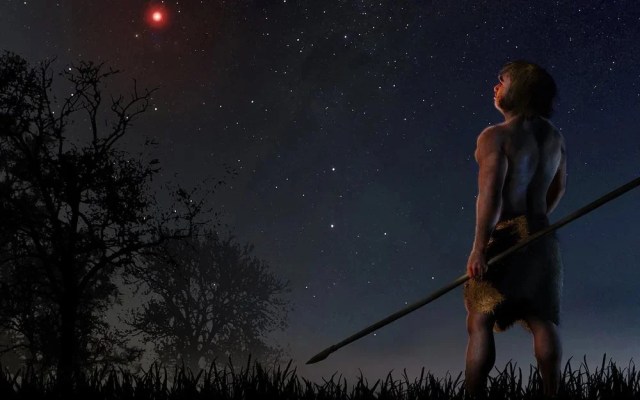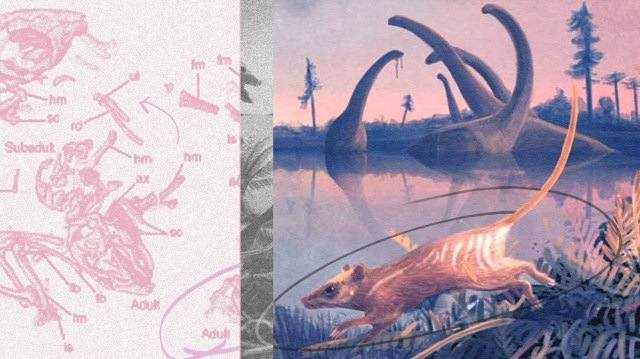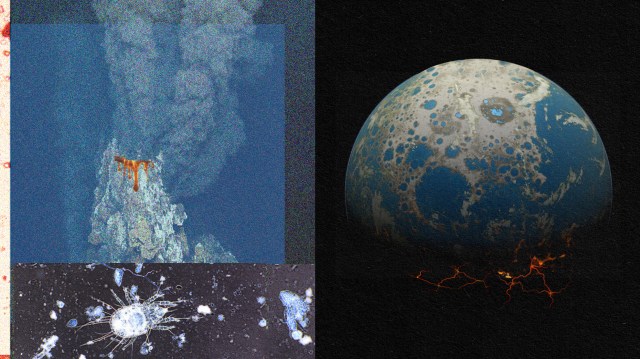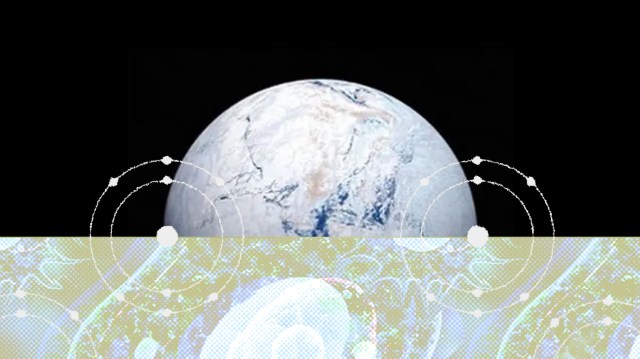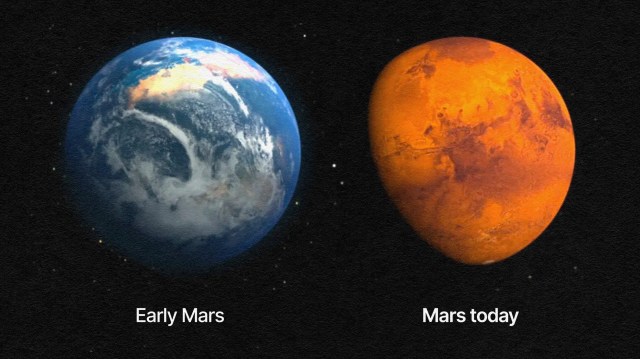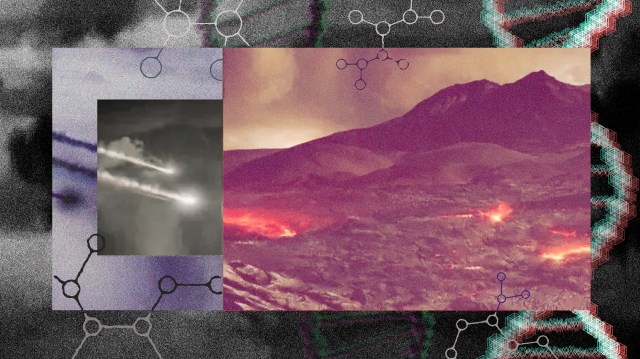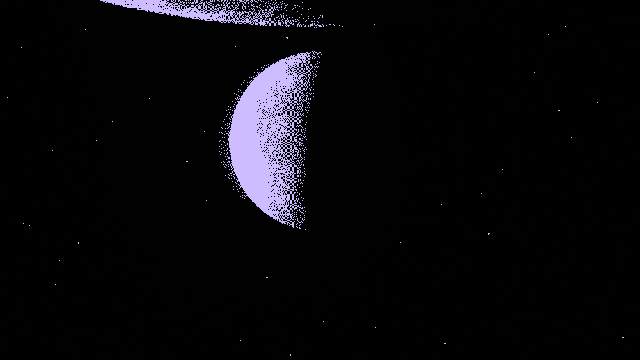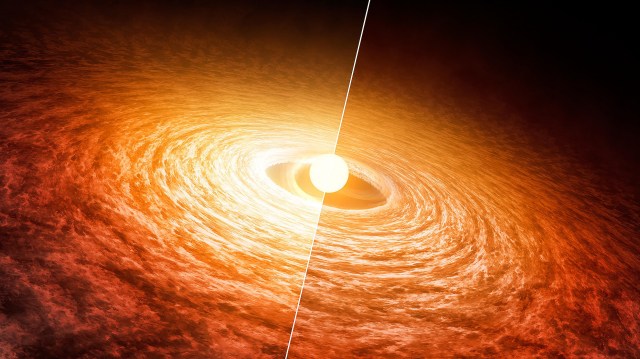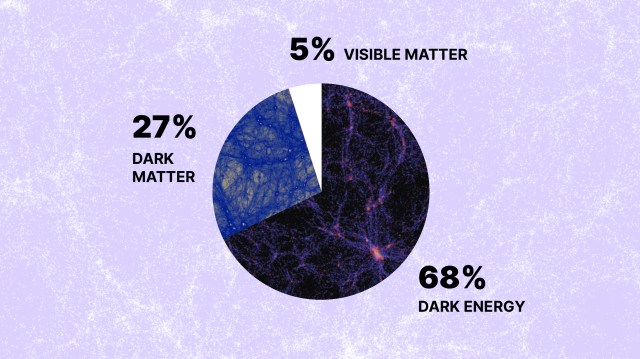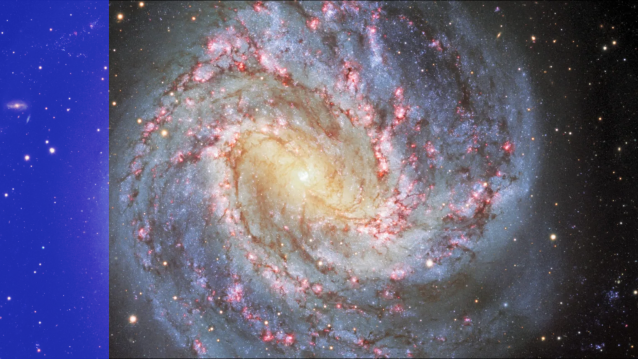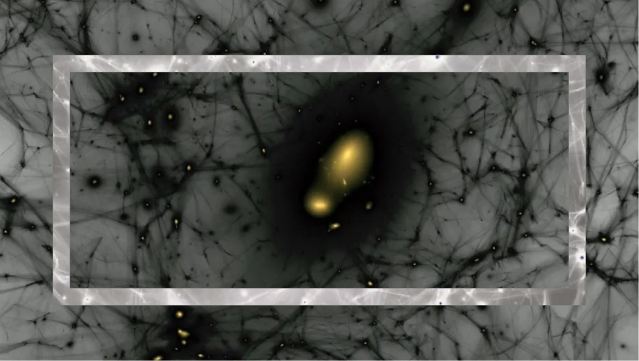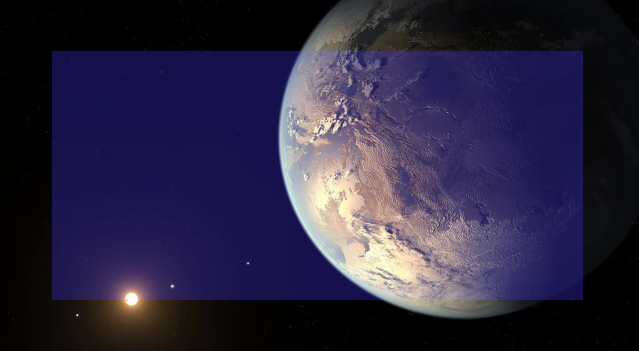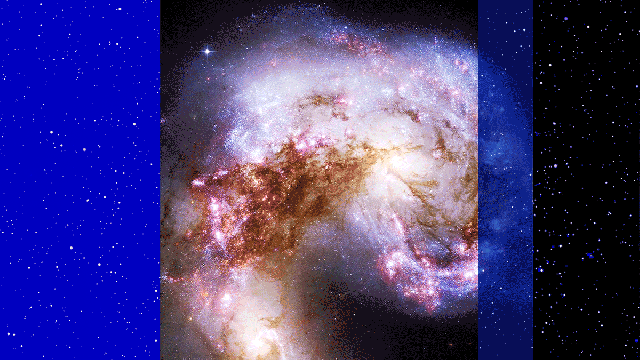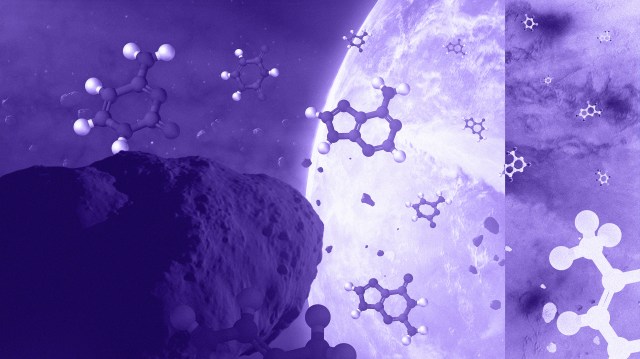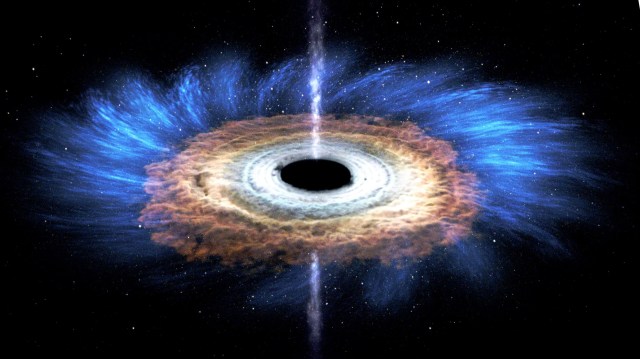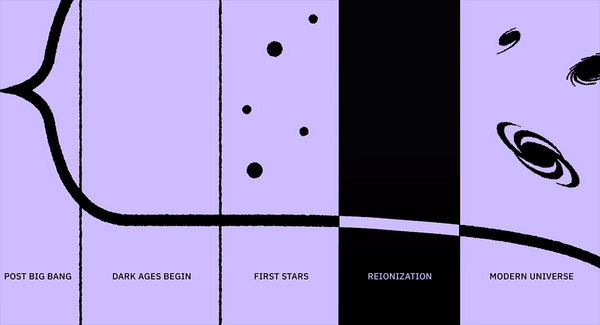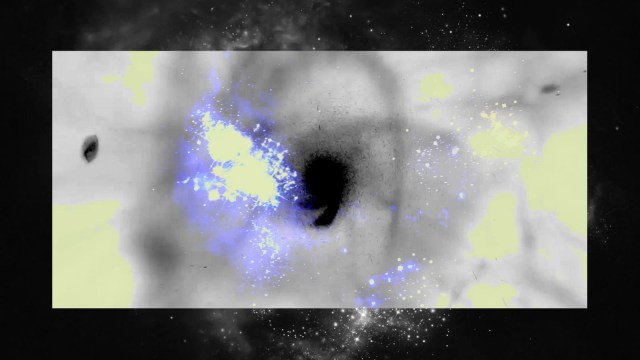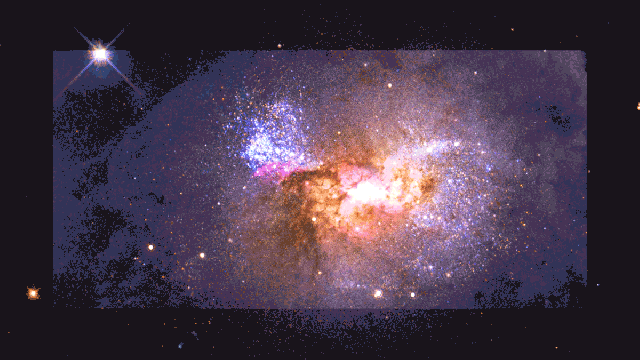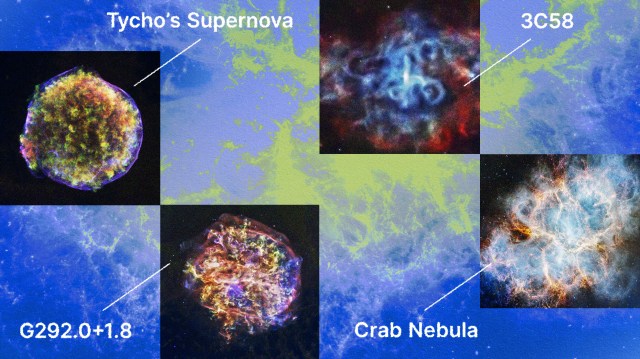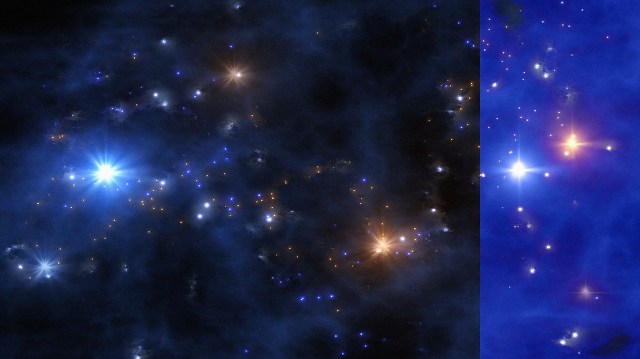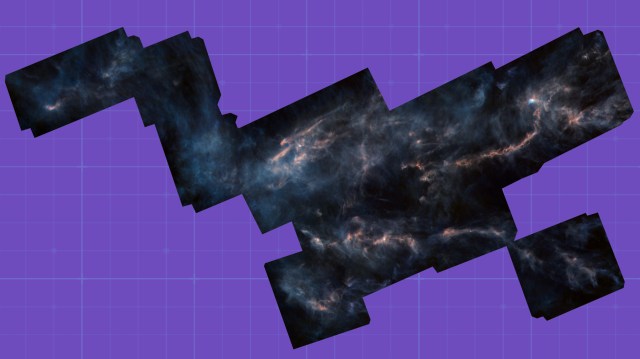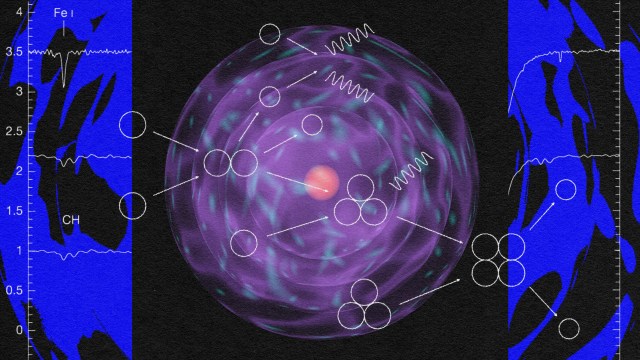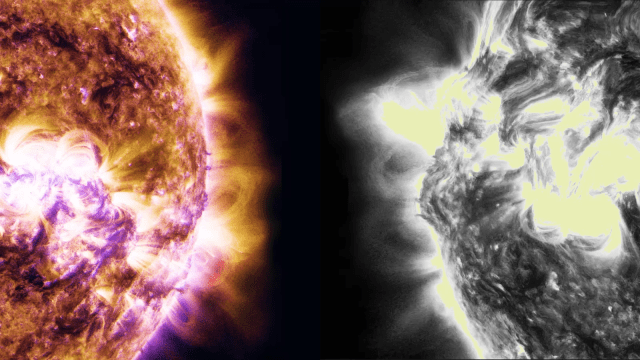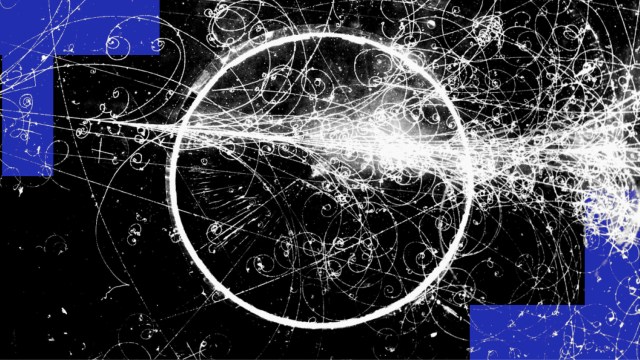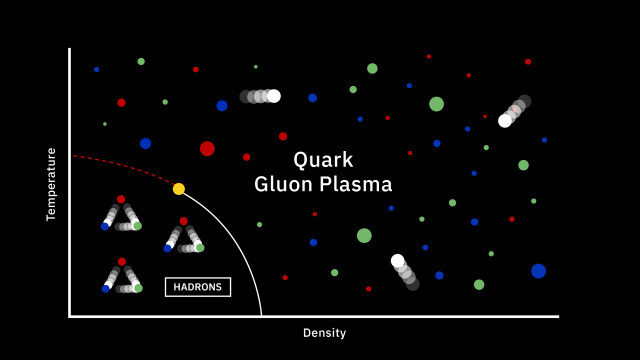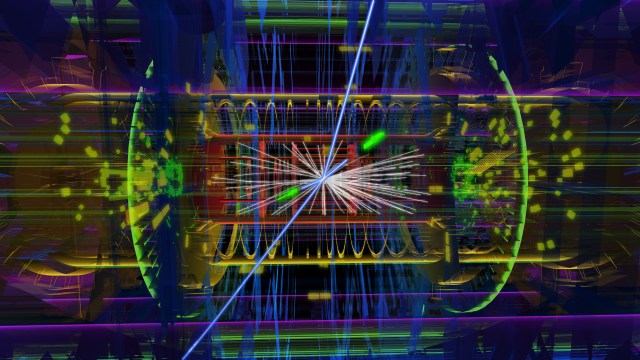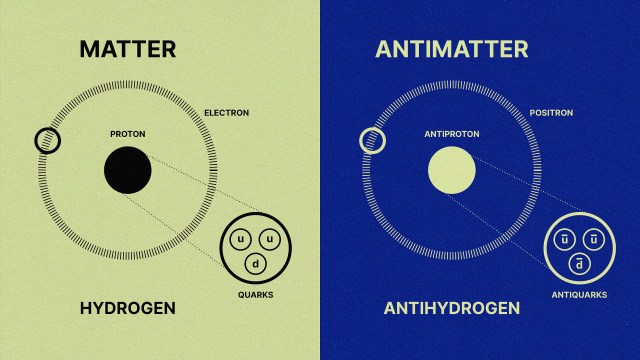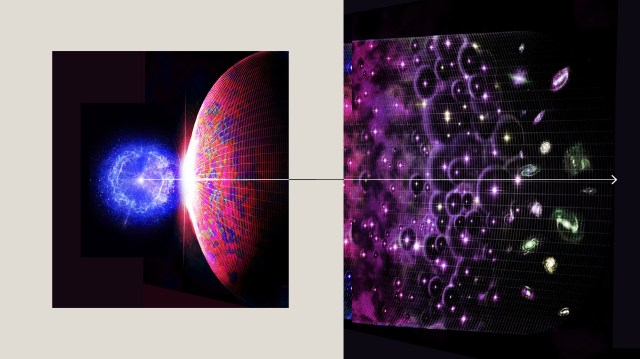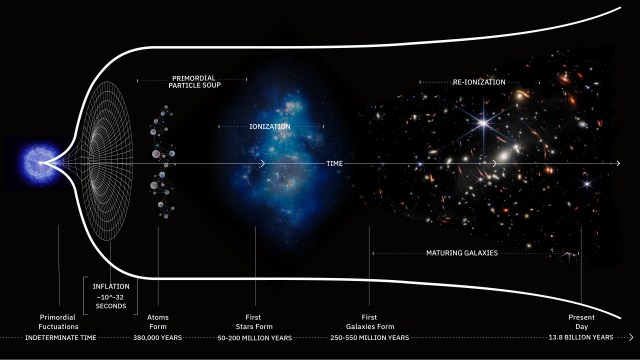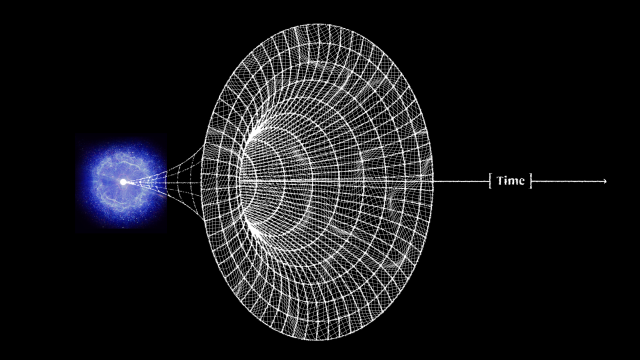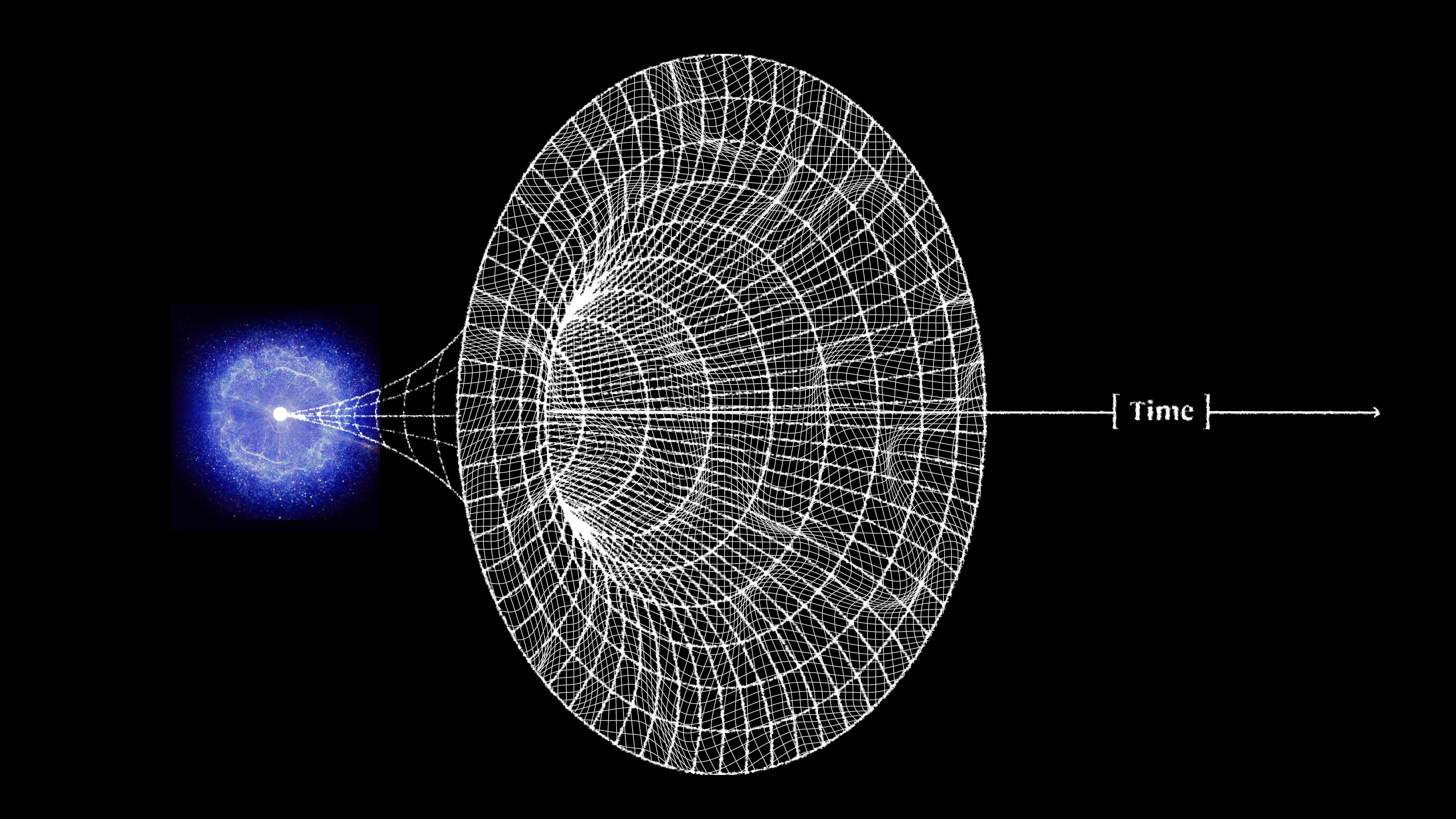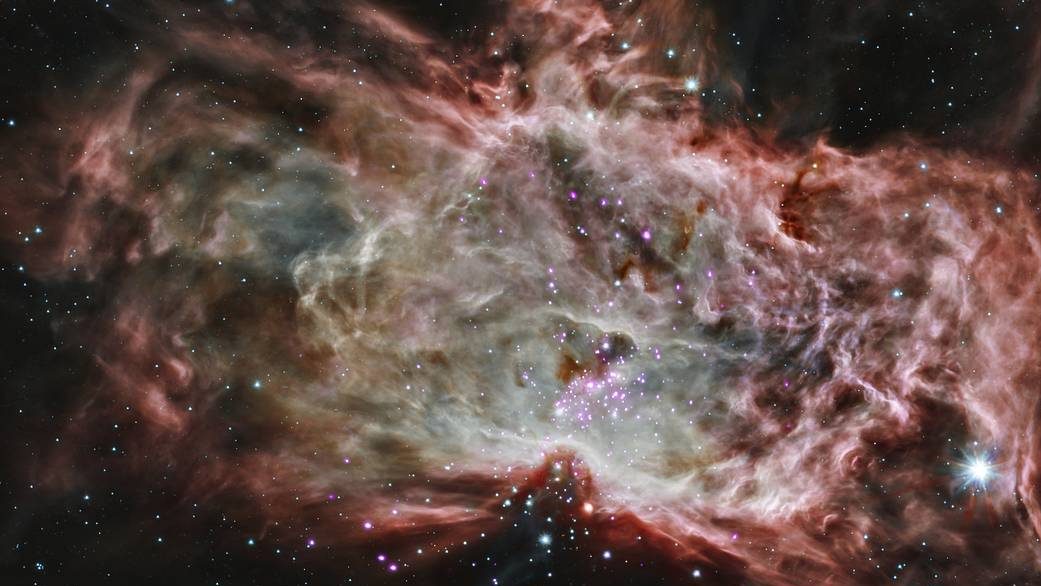A quick 13.8-billion-year story of our Universe
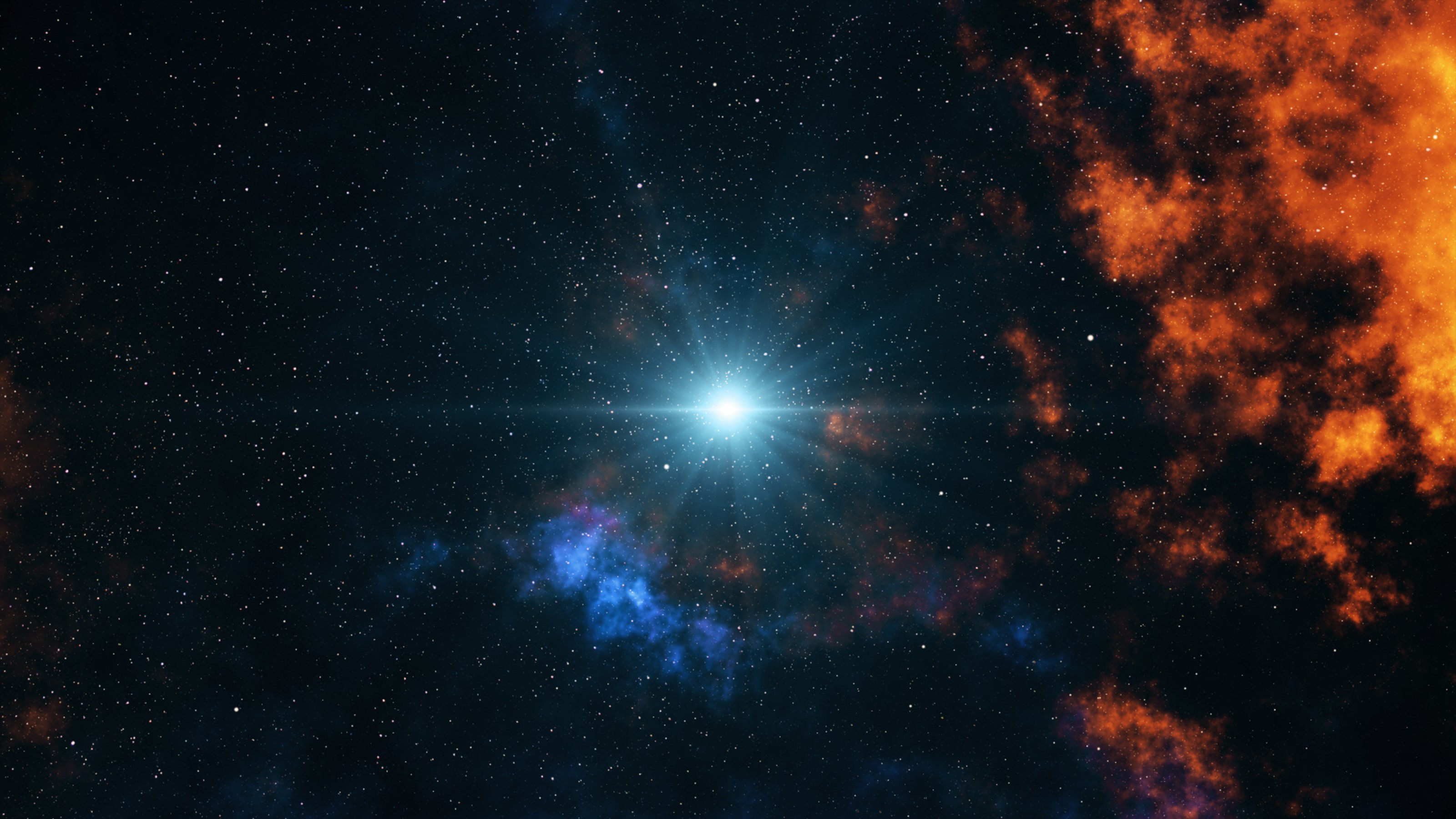
- The Universe was already growing before the Big Bang, suggesting it wasn’t the start but a start of a new phase.
- For hundreds of millions of years, the Universe was filled by a warm hydrogen fog before gravity sparked the fires of the first stars.
- The fact that modern science can tell us about events so remote in time and space is one of our species’ greatest achievements.
Despite what you might have been told, the universe didn’t begin, not really.
It’s tempting to picture the embryonic universe, before the Big Bang, as a seed, pregnant with all the possibility of the cosmos to come, ready to germinate. But as far as we understand, the universe was already growing when it began. This means it wasn’t a beginning at all, but rather the start of a new phase of its existence. For simplicity’s sake, and since all stories need a beginning, let’s say that our universe began with growth.
This was not the generative growth of a germinating seed. This was a lacerating, annihilating growth, one that destroys, tears, and rends. It was the growth of space itself.
At the start of everything, the cosmos grew at a truly terrifying rate, expanding exponentially. Space begat space begat space. Reality was stripped of all form by space’s expansion, becoming a tenuous, near-featureless void. If you could have sat on an atom — though there were no atoms, not yet — and gazed out at the rapidly expanding universe, you would have seen nothing, only a freezing, suffocating darkness. The remorseless stretching of space would have carried all other objects far out of sight, faster than the speed of light, beyond an unreachable horizon. Paradoxically, as space expanded, the world visible to any would-be observer shrank to a tiny, inescapable nutshell, binding every speck within its own isolated sphere of nothingness, separated from all other such specks by an ever-growing void.
This age of extreme expansion has been given a rather mundane name: “inflation.” How long inflation went on we do not know. It could have been a mere instant or an eternity. In all probability, we will never know. Nor are we likely to discover what, if anything, came before it took hold of the cosmos. Any traces of earlier epochs have been erased by the growth of space.
But we do know that at some point inflation ended, and as it ended, the universe roared into being. As the force that drove inflation dwindled, its power birthed innumerable particles, filling the gasping void with a searing, subatomic fire, the primordial plasma from which all objects in the cosmos would later form.
From darkness, light. Within a trillionth of a second, the forces of nature came into existence and, with them, the first and greatest blaze of light in cosmic history. Though inflation had ended, space was still expanding, albeit at a less ferocious rate. As the cosmos continued to grow, the primordial fire began to cool. Elementary particles, the building blocks of everything yet to come, fused to form the hearts of the first atoms. Over the next few minutes, the nuclei of the first chemical elements were forged: hydrogen, helium, and lithium.
For around 380,000 years, the infant universe was filled with an incandescent fire, cooling slowly as space continued to swell. Then, at a critical moment, the temperature dropped low enough to allow electrons to wrap themselves tightly around wandering atomic nuclei, forming the first whole atoms. At this moment, the primordial flame went out and darkness fell throughout the cosmos.
A long dark age began. For hundreds of millions of years, the universe was filled by a warm hydrogen fog. But in the darkness, the first seeds of structure were gathering. Slowly at first, then faster and faster, hydrogen and helium were drawn under gravity into ever-thicker clouds. As these clouds grew dense, they also grew hot. At last, somewhere in the unsearchable reaches of space, the pressure at the center of one cloud became so intense that it ignited a nuclear fire, the spark of the first star. Light flooded back into the universe and the dark age ended with a cosmic dawn.
Soon, the universe was filled with stars, bright points of light in the slowly expanding dark. Gathered in the first galaxies, they forged chemical elements never seen before. Carbon, oxygen, nitrogen, iron, and many more were scattered through space as these first stars died in blazing supernovas. From their glowing embers, new generations of stars were born, and yet more elements were forged, a continuous cycle of birth, death, and rebirth.
Around nine billion years after the cosmic dawn, in an outer spiral arm of one of the hundreds of billions of galaxies now spread through space, a new star flickered into light. About it circled a fleet of worlds, and on one rocky sphere, inert matter somehow came to life. Under the guidance of dumb physical forces, atoms arranged themselves into ever more complex organisms that grew, multiplied, and evolved. For billions of years, the pale blue orb teemed with living things, species emerged and perished, and the dance of evolution went on. Until, at last, humankind stood on the surface of the Earth, gazed up at the stars, and wondered.
The fact that modern science allows us to speak with such confidence about events so remote in time and space that they defy imagination is surely one of the greatest achievements of our species.
Harry Cliff
This story of the cosmos, its origins, and its history has been gradually pieced together over centuries by the collective effort of thousands of people. The fact that modern science allows us to speak with such confidence about events so remote in time and space that they defy imagination is surely one of the greatest achievements of our species. Particularly when you consider that this story was assembled by peering and prodding at the universe from a rather restricted vantage point on the surface of an insignificant little rock hurtling through space.
The evidence that underpins this cosmic story comes from two sources. The first is the sky. By looking up into the heavens, first with our eyes and later using clever instruments made out of the physical matter of the Earth, we have learned about stars, planets, gravity, the expansion of space, and the fireball of the Big Bang. However, the problem with stuff in the sky is that almost all of it is inconveniently far away. The farthest a human being has traveled is around the Moon, a mere 400,171 kilometers into space, which is an imperceptible shuffle to the right in cosmic terms.
We’ve done a little better using remote space probes. By early 2023, Voyager 1, launched by NASA in 1977, had traveled an impressive-sounding 23.8 billion kilometers from Earth, taking the plucky little probe beyond the edge of our solar system and into interstellar space. However, 23.8 billion kilometers is absolute peanuts to the cosmos, a trifling 0.000000000001% of the distance to the edge of the observable universe.
The problem, as the novelist Douglas Adams drily put it, is that “space is big.” Its bigness makes it impossible to go out and sample a bit of star, or pop over to a black hole and peer over the edge. Instead, we have to make do with inferring the properties of the objects we see in the sky from the signals we passively receive from above. This would have been extremely limiting had it been the only approach we had to making sense of the universe at large. Fortunately, there is a second powerful way to study the cosmos — by probing the physical matter we find here on Earth.
